Methods - Overloading & Varargs QuizJ8 Home « Methods - Overloading & Varargs Quiz
Java Objects & Classes Quiz 7
The quiz below tests your knowledge of the material learnt in Objects & Classes - Lesson 7 - Methods - Overloading & Varargs.
Question 1 : We can have more than one method with the same name in a class?
- We can have more than one method with the same name in a class and this is known as <i>overloading</i>.
Quiz Progress Bar
Quiz 1
Arrays

Quiz 2
Array Examples & Exceptions
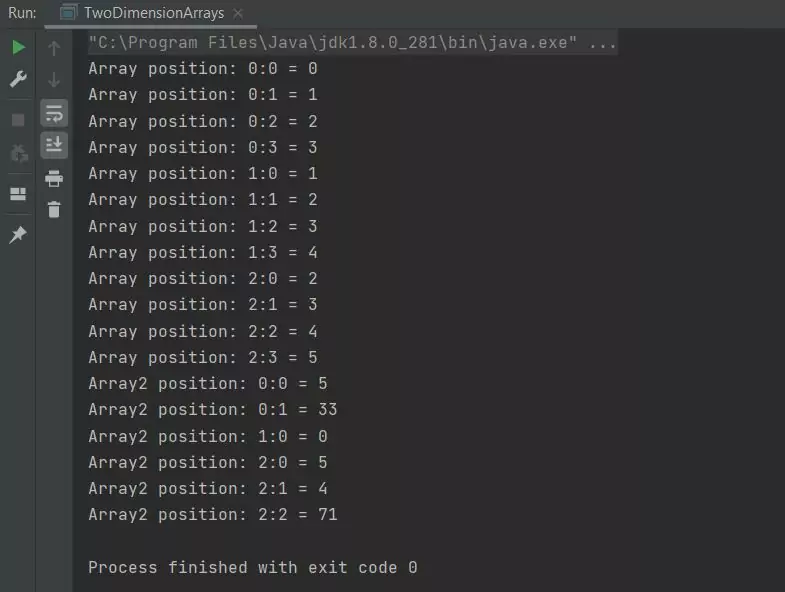
Quiz 3
Class Structure & Syntax
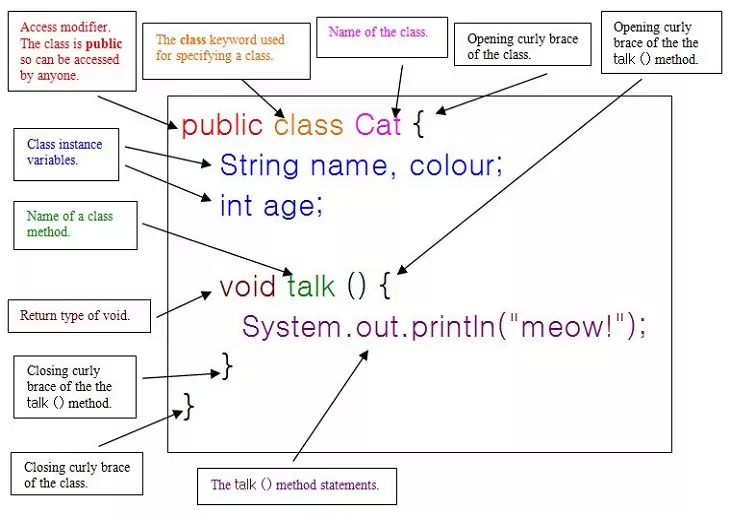
Quiz 4
Reference Variables
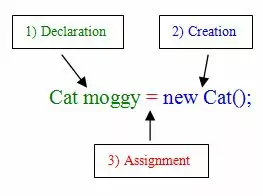
Quiz 5
Methods - Basics
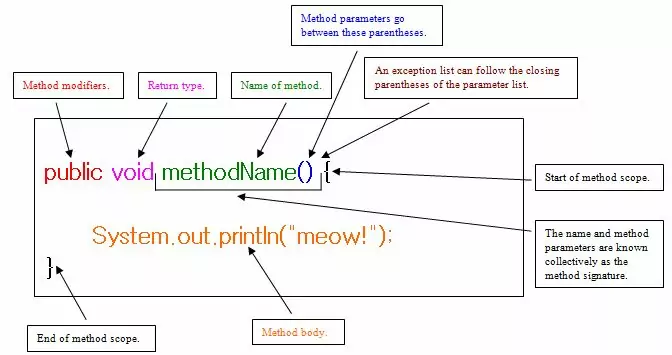
Quiz 6
Methods - Passing Values
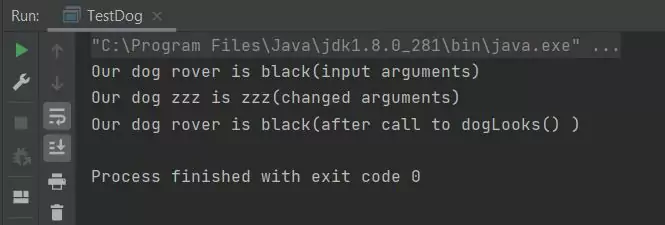
Quiz 8
Instance Variables & Scope

Quiz 9
Final Instance Variables

Quiz 10
Constructor Basics

Quiz 11
Overloaded Constructors and this
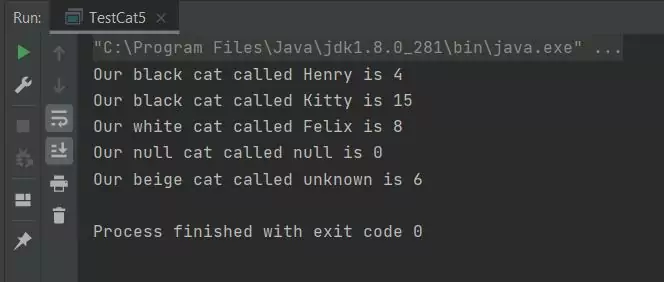
Quiz 12
Static Overview
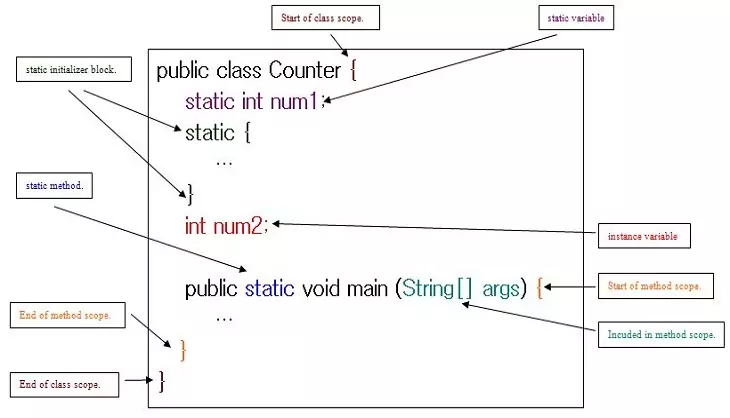
Quiz 13
Static Methods
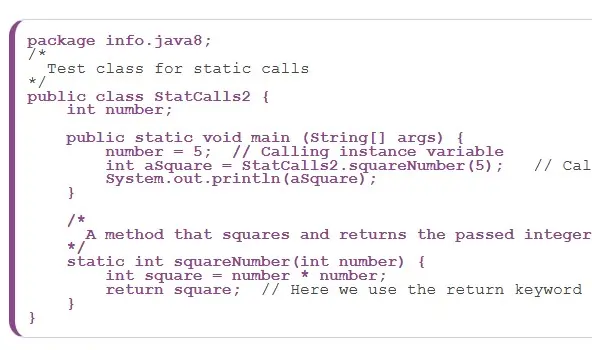
Quiz 14
Java Constants

Quiz 15
Basic Enumerations
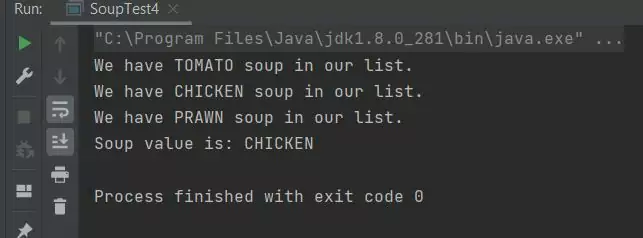
Quiz 16
Advanced Enumerations
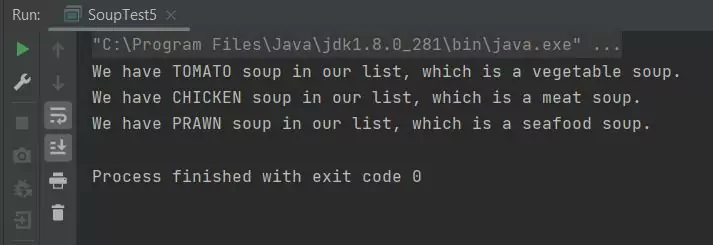
What's Next?
The next quiz we test your knowledge of instance variables, how we use them and their scope.